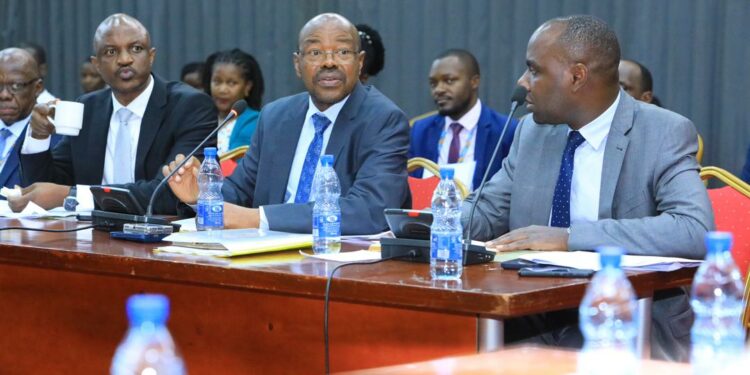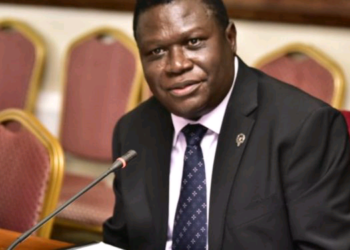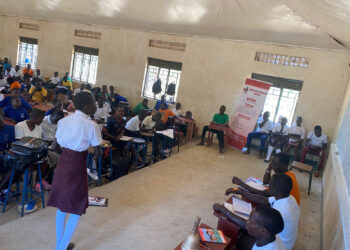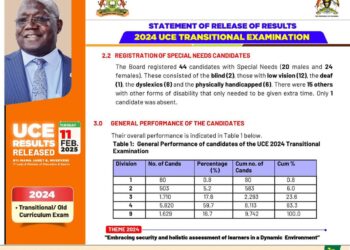Despite growing concerns over Uganda’s rising debt levels and idle loans accumulating interest, the Government through the Ministry of Defence Planning and Economic Development continues to defend its borrowing practices, pointing to significant infrastructure achievements over the past decade.
According to the 2025/26 National Budget Framework Paper, Uganda has borrowed over UGX43.252 trillion (US$11.855 billion) since 2013, with much of the financing directed towards transport infrastructure and other large-scale projects.
The Government highlights the remarkable growth in the national paved road network as one of the primary benefits of external borrowing. In the Financial Year (FY) 2012/13, Uganda’s paved road coverage stood at 15% (3,121 km). By FY 2022/23, this had nearly doubled to 29% (6,133 km), reflecting the impact of sustained investment in the transport sector.
Additionally, the construction of Kabelega International Airport, Uganda’s second international gateway, alongside the expansion of Entebbe International Airport, stands as a testament to the transformative potential of external financing.
The Ministry of Finance further underscored ongoing efforts to rehabilitate the Meter Gauge Railway, covering the Malaba-Kampala and Tororo-Gulu routes. This project is expected to revitalize rail transport, facilitating more efficient movement of goods across the country and enhancing trade competitiveness.
However, the issue of undisbursed loans remains a pressing concern. Of the UGX43.252 trillion borrowed over the past 11 years, UGX16.405 trillion (US$4.496 billion) remains idle, yet to be allocated to their intended projects. Documents tabled before Parliament reveal that the Integrated Transport Infrastructure and Services programme accounts for the largest share of these loans, with a total commitment of UGX12.660 trillion (US$3.470 billion). Of this, UGX4.830 trillion (US$1.324 billion) remains undisbursed, raising questions about project execution and efficiency.
While public debt is still considered sustainable, the burden of servicing these loans is mounting. In FY 2023/24, Uganda allocated UGX8.76 trillion to debt servicing—nearly a third of its total domestic revenue.
This figure is projected to rise to UGX12.72 trillion in FY 2024/25, representing almost 40% of the UGX31.98 trillion in anticipated domestic tax revenue. “This reinforces the need to increase domestic revenue mobilization, target public expenditure to areas which have high economic and social returns, and prudent debt management,” the Budget Framework Paper reads in part.
The Ministry of Finance has acknowledged the need for a more aggressive approach to disbursing undrawn loans to avoid unnecessary interest accumulation. Moreover, there are calls to ensure future borrowing is meticulously aligned with economic growth priorities and projects that yield quick, tangible returns.
Analysts have warned that failure to address undisbursed loans could strain Uganda’s fiscal space, limiting the country’s ability to fund essential services and development programs. Opposition voices in Parliament have urged for tighter scrutiny of new borrowing proposals, emphasizing the need for transparency and accountability in loan utilization.
As Uganda prepares for the next financial cycle, the Government faces the delicate task of balancing infrastructure ambitions with the realities of a growing debt load. Whether the achievements cited by the Government will justify the rising debt service remains a subject of national debate.
Do you have a story in your community or an opinion to share with us: Email us at editorial@watchdoguganda.com













